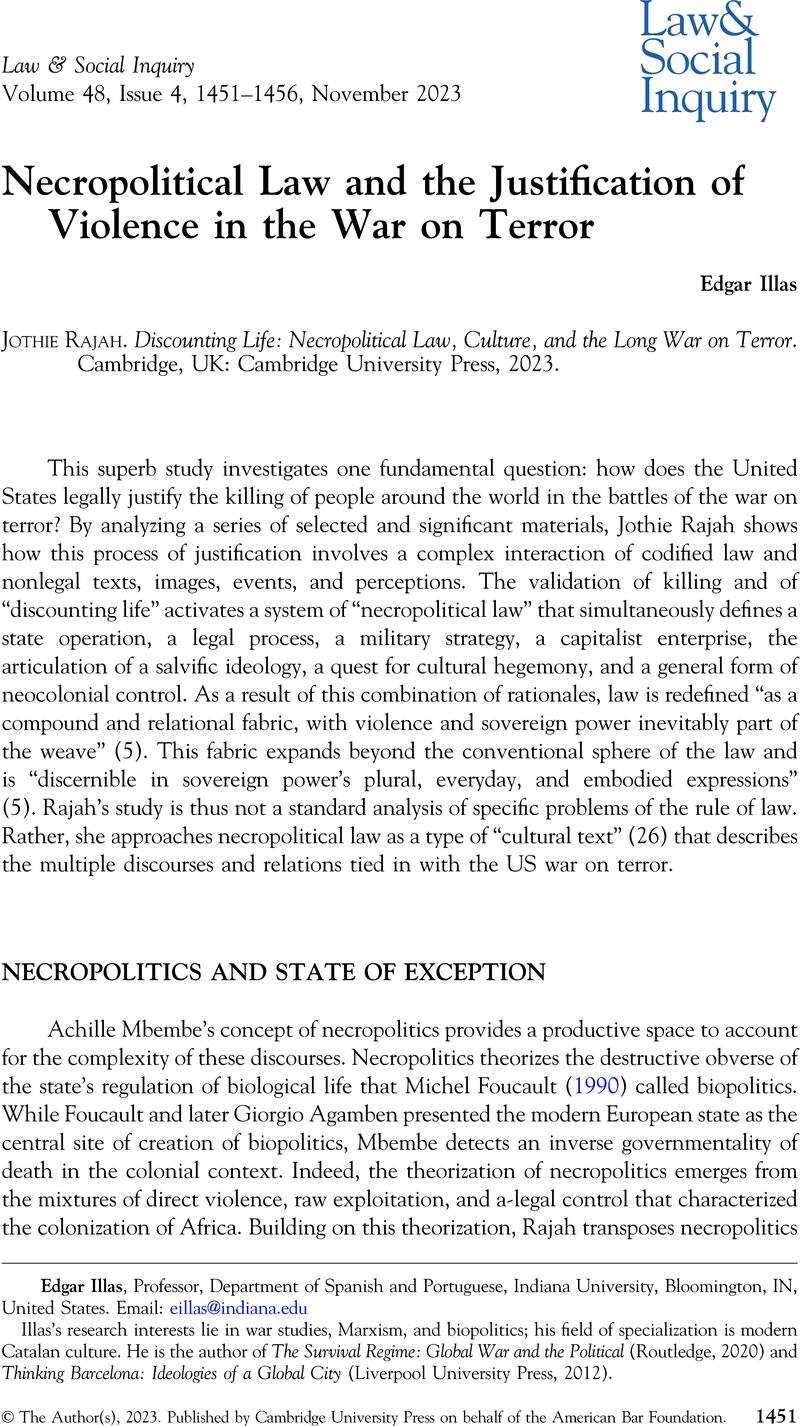Crossref Citations
This article has been cited by the following publications. This list is generated based on data provided by Crossref.
Gunawan, Yordan
Mutiarin, D.
Alam, M.
Cahill, D.
Sharifuddin, J.
Senge, M.
Robani, A.
Saiyut, P.
and
Nurmandi, A.
2024.
Environmental Devastation in Gaza: Analysing Israeli Attacks through the View of International Environmental Law.
E3S Web of Conferences,
Vol. 594,
Issue. ,
p.
04005.



